If you love surfing you have probably seen some videos of a surfer carving up waves under the moon with luminescent plankton shining in the black of night.
Surfing at night seems like the most tranquil experience a surfer could have.
But is surfing at night dangerous?
Yes, surfing at night can be dangerous, and more so than daytime surfing because you lose a major advantage, sight.
Here are some things to look out for before night surfing and ways to stay safe when hitting the water under the light of the moon.
- What Are the Dangers of Surfing at Night?
- How to Stay Safe Surfing at Night? (5 Tips)
- Where are the Best Spots for Night Surfing?
- Conclusion
- You Might Also Like…
What Are the Dangers of Surfing at Night?
As we know, surfing in the day time can be dangerous, so when taking away the extra element of sight, a whole new line of challenges will follow.
Although night surfing can have some amazing rewards, it is important to know the risks that are involved.
Let’s take a look at some of the risks of surfing that are highlighted when surfing at night.
Water Temperature
The water will always be colder at night than in the day time, although it may feel like it is warmer.
Why does it feel warmer?
Because the outside temperature is cold you may feel nice and warm in the water, but remember that you lose heat far quicker in water than on land.
Although this should not be your main concern when surfing at night, it is important to keep in mind.
Unpredictable Waves
Night surfing comes with one main challenge: you cannot see.
Waves moving around the bay or unexpectedly breaking further out or closer to you than expected can lead to a frightening experience.
Surfing under the moonlight or with high standing artificial light will put a shimmer on the water.
Although this will allow you to see what is happening around you, it makes it difficult to see the lineup further out.
Drifting in a Current
Currents and tides are a concern when surfing in the day time, but are a much bigger risk when surfing at night.
When surfing in the day it is easy to choose a landmark on the shore so that you can constantly readjust your position if you are drifting.
If you are surfing in a poorly lit area with little or no light on the beach then there is no way to be aware of your movements as the current drifts you along the coast (unless you can navigate by the stars).
Surfing Collisions
This is a problem that just about any surfer will have experienced at least once.
If not personally then you will at least have seen it happen.
When surfing at night this is far more likely.
A hard collision with another surfer, rock, or pier can be incredibly dangerous at night because it will be very unexpected.
Being knocked unconscious at night is something that every night surfer fears.
Without proper sight, the surfers around you may not notice that you are hurt or missing.
Sharks and Other Sea Life
When you mention sharks to most surfers they will feel a shiver down their spine. Although we know the risk of a shark attack is incredibly low ( less than 0.001%).
Even so, after watching movies like Jaws and Soul Surfer they are always on our mind.
Many sharks are nocturnal and are most active during dusk, dawn, and nighttime hours.
In a study focused on shark attack patterns in Australia, it was found that 28% of shark attacks occurred between dusk to dawn.
This may not seem like a lot as it is less than a quarter of the incidences.
However, when considering the incredibly small night-time surfing community compared to the daylight surfing community, this statistic seems far more threatening.
How to Stay Safe Surfing at Night? (5 Tips)
Although surfing at night comes with some added risks it does not stop surfers from hitting the waves at all hours.
If you have been surfing for a while you have most likely fantasized about a sneaky night time surf when the waters are quiet, there is no chance of sunburn and no competition for the next wave.
If you plan on waiting until the sun goes down before your next ocean ride then here are some tips to keep you safe while surfing at night.
1. Know the Break
The number one thing to take into consideration when night surfing is how familiar you are with the surf break.
As mentioned above, it will be hard to see irregular patterns in the swell.
Choose a spot that you know very well before paddling out at night.
You should know every section of the wave, the jetty, where all the rocks are, and every curve in the reef.
The best waves to surf at night are mellow beach breaks over sandbars.
If you are looking to practice new skills on intense waves then keep that for the daytime.
Night surfing is about the environment and the thrill of doing something new, not about showing off.
2. Find a Good Light Source
As mentioned, and quite obvious, not being able to see is the biggest challenge when night surfing.
Finding a surf break with a light source will help keep you safer and allow you to better enjoy your surf.
Full Moon
Utilizing the full moon is a must when night surfing.
A clear sky with a beaming full moon will allow you to see other surfers and make out the shape of waves forming in the distance.
Besides the ability to see, surfing under a full moon is a mesmerizing experience and brings out the tranquil nature of surfing.
Make Use of Man-Made Light
Although many places will not allow you to surf at night, some spots are lit up by the surrounding activities.
Surfing close to a pier lit up by a carnival, boardwalks, construction sites and car parks with large flood lights will create enough of a break in the darkness.
This will be enough light for you to have a safe surf without ruining the blissful night time feeling.
Alternatively, you can shine the headlights of a few cars over the water. If you do this make sure that the cars are parked higher than the water level or you will blind yourself.
And don’t let your battery run flat or it will be a long, cold walk home!
3. Surf with Close Friends
It is never really a good idea to surf alone, but when it comes to night surfing it is an absolute no.
Although part of night surfing is to escape the crowds, going out with just a few good friends will make sure there is always someone to keep an eye – or ear – on you.
Surfing with good friends will mean that they pay better attention to you than random surfers will.
Although you will not be able to see each other well, constant communication will allow you to know where everyone is.
Remember, as you lose your sight, your hearing will get stronger.
4. Stay Safe from Sharks
As mentioned before, sharks are more active at night, and although there is still a 1 in a million chance that you will encounter one, there are a few things you can do to limit the odds.
Beware of Cuts
If you cut or scratch yourself and there is any blood present then get out of the water immediately.
It is well known that sharks are attracted to blood, and although you may not be a shark’s first choice, once they get a sense of your blood they may not be able to help themselves.
Sharks can sense incredibly small amounts of blood from long distances, so if you have a wound it is better to leave the surfing (night or day) for another time.
Avoid River Mouths and Channel Openings
River channels often bring dirty water into the ocean which creates a great feeding spot for fish and other sea life.
Where there are fish there are bigger sea creatures. This creates a perfect feeding spot for sharks and should be avoided at all costs.
Don’t Surf in The Rain
Surfing in the rain may sound nice but it brings two problems.
Firstly it will cover up moonlight and stars which makes it harder to see.
Secondly, and perhaps more importantly, rainwater will make the ocean murky.
Sharks like to hunt in low visibility water because it gives them an advantage over their prey.
If the shark cannot properly make out that you are not the food it wants, you may fall victim to an accidental attack.
Don’t Wear Shiny Objects
Some wetsuits are made with reflectors and there are neon lights available to put on your surfboard for night surfing.
It is suggested that you stay away from these, as well as remove any shiny jewelry.
Some nocturnal sea creatures, sharks included, are attracted to shiny objects.
It is better to rely on the out of water lights to illuminate your path than bringing a light source into the ocean.
5. Surf Resorts
As a last resort, you could travel to a surf resort.
Some surf resorts have lighting that is made specifically for surfing during sunless hours.
Although this may not seem as tranquil or exciting as surfing under the moonlight, and will make you feel like you are in the middle of a stadium, this is by far the safest way to go about night surfing.
A night surf resort could be a wonderful way for you and some friends to decide if surfing at night is something for you.
Where are the Best Spots for Night Surfing?
Ready to give night surfing a go but not quite sure where the best place to start is?
Here are a few well-known spots that you can try out if you are ever in the area.
Kermas Beach, Bali (Indonesia)
A world-class surf break that is home to pro events sponsored by Billabong and Oakley, this fast right-hand wave has a sandy bottom.
This wave is a well-lit area because of a permanent night surfing installation by Komune Beach Resort which is directly in front of the break.
You can even book a night surfing lesson at the resort if you need a bit of a confidence boost before hitting the wave with only your friends.
Playa Jaco, Costa Rica
With warm tropical waters, Bioluminescence, and smooth clear waves, Playa Jaco has been home to night surfing competitions long before the big Nike and Okley night surfing world tours.
These night surf competitions have been taking place weekly for years amongst locals, so be sure to try out these amazing breaks if you ever find yourself in the country.
Bondi Beach, Sydney (Australia)
Perhaps one of Australia’s most famous beaches, Bondi beach holds a secret night surfing spot.
A sneaking wave breaking perfectly in front of a beachfront ice skating rink is the perfect spot to hit the waves when the sun goes down.
Bondi beach can however be home to some crushing waves, so choose your night carefully and make sure you have surfed the spot a few times in daylight first!
Surfrider Beach, Malibu (USA)
A great spot for surfing under the light of the moon. This surf spot is perfect for any type of ride and easy to take advantage of at night.
Another bonus that this surf spot provides is the light from the pier which adds an extra glow to the illumination of the moon.
La Pampilla Beach, Lima (Peru)
In 2016 the city of Lima funded a program to install floodlights in front of La Pampilla beach with the intention of aiding surfers who wanted to take advantage of the ocean at all hours.
This well lit night time area is a great place to experience your first night surf.
New Years Night Surfing
Although not specifically constrained to a single spot, taking advantage of the New Year’s fireworks, Guy Fawkes, or if Down Under, Australia Day, can be an amazing night time experience.
Fireworks light up the water for your surf, and you will get a view of the show like no one else.
Just be careful of falling embers. It is best not to surf directly under the firework show.
Conclusion
Night surfing can be dangerous and definitely takes the extreme sport of surfing to another level.
However, night surfing is a completely new experience that fascinates most surfers.
If you plan to go night surfing, make sure you know the risks that are involved, take it easy, and just enjoy the wonders that mother nature has provided.
You Might Also Like…
-

Do Surfers Ride Switchfoot? 5 Benefits (& Why You Should Learn It)
-

Do Surfers Shave Their Legs? 5 Common Reasons (+Pros & Cons)
-

Do Surfers Wear Helmets? 8 Situations You Should Wear One (+4 Cons)
-

Do Surfers Poop in the Ocean? Myths & Facts (+5 Tips)
-
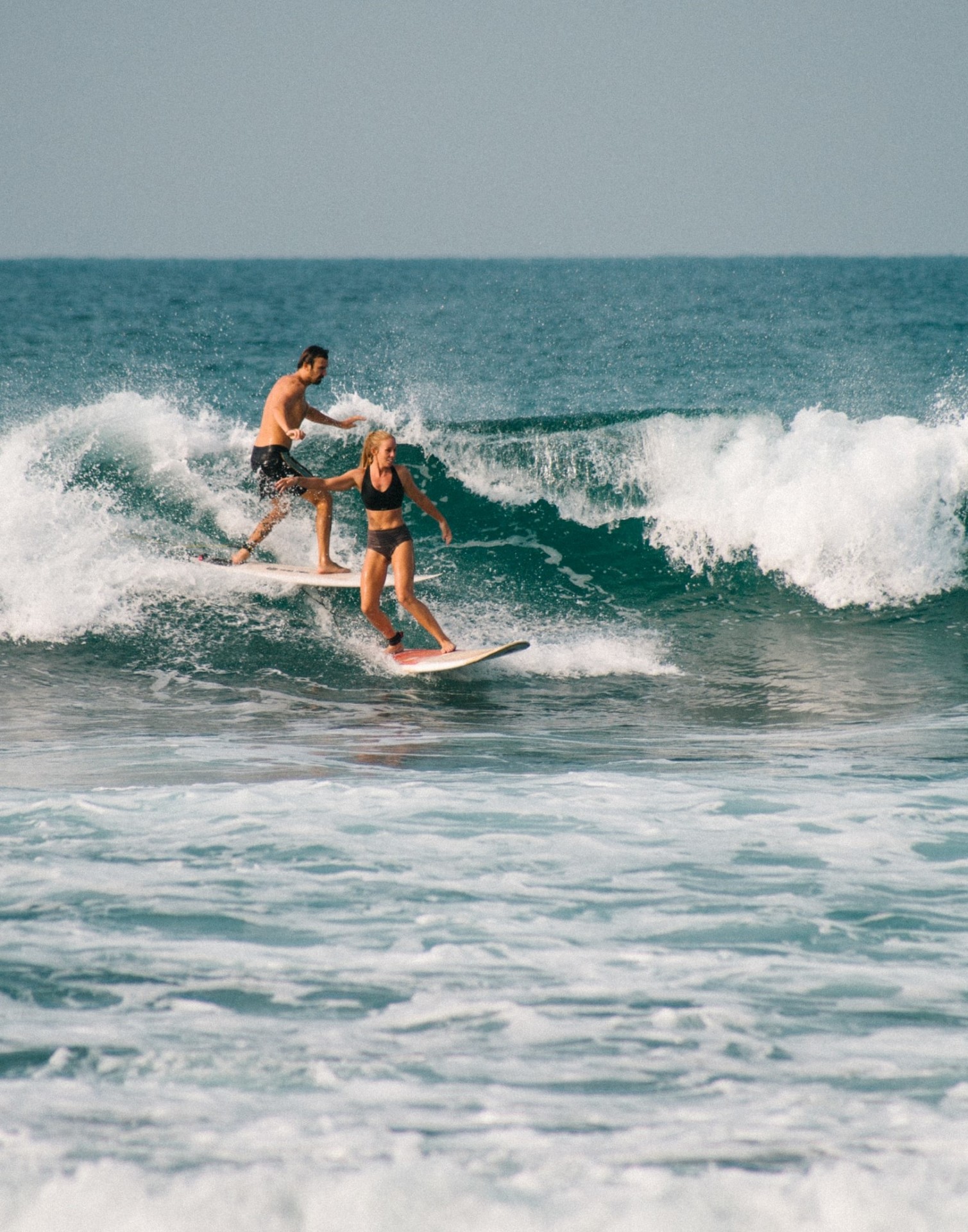
Do Surfers Run Into Each Other? 5 Common Reasons (+8 Tips)
-
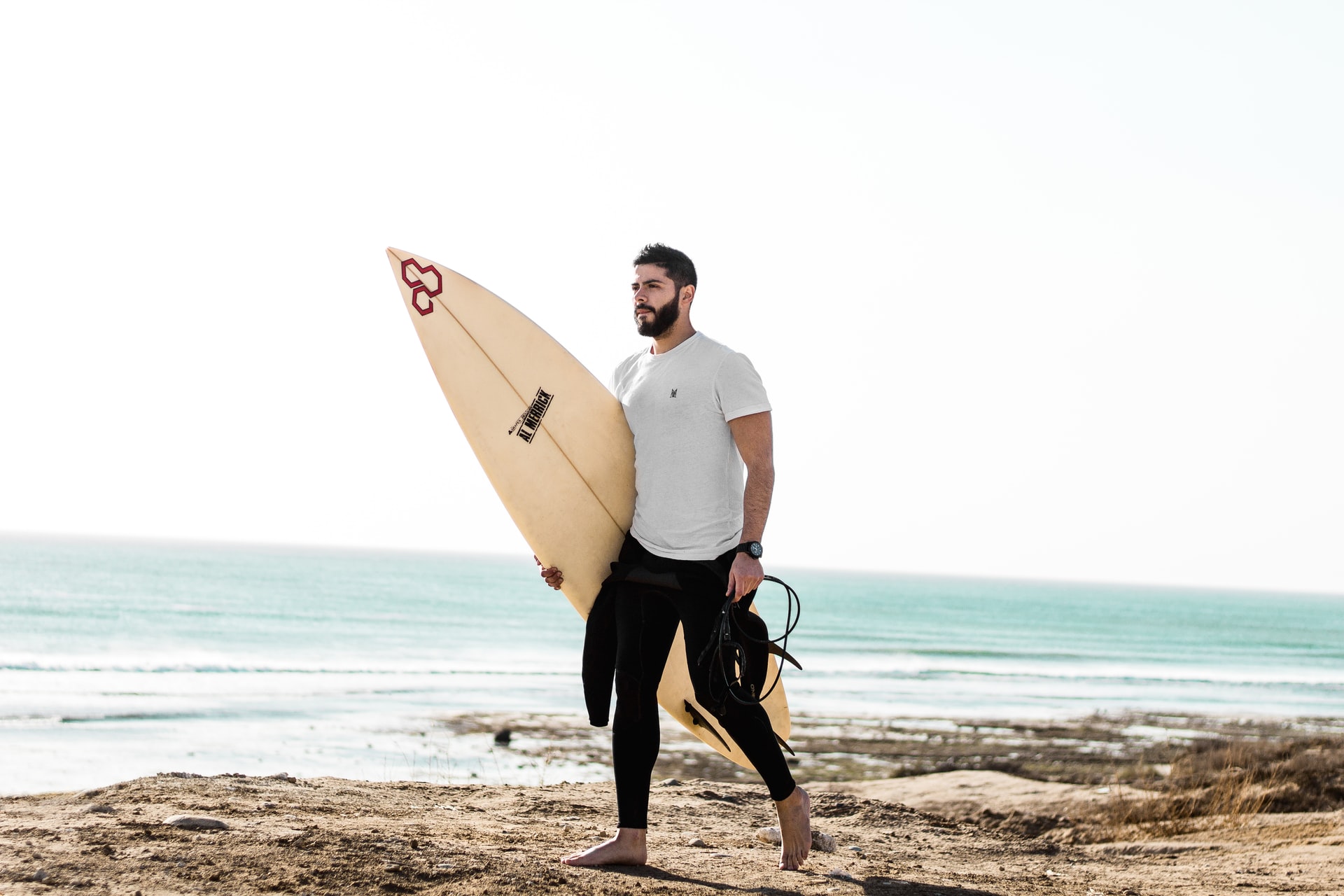
Do Surfers Have Beards? Pros & Cons You Should Know (+4 Tips)
-
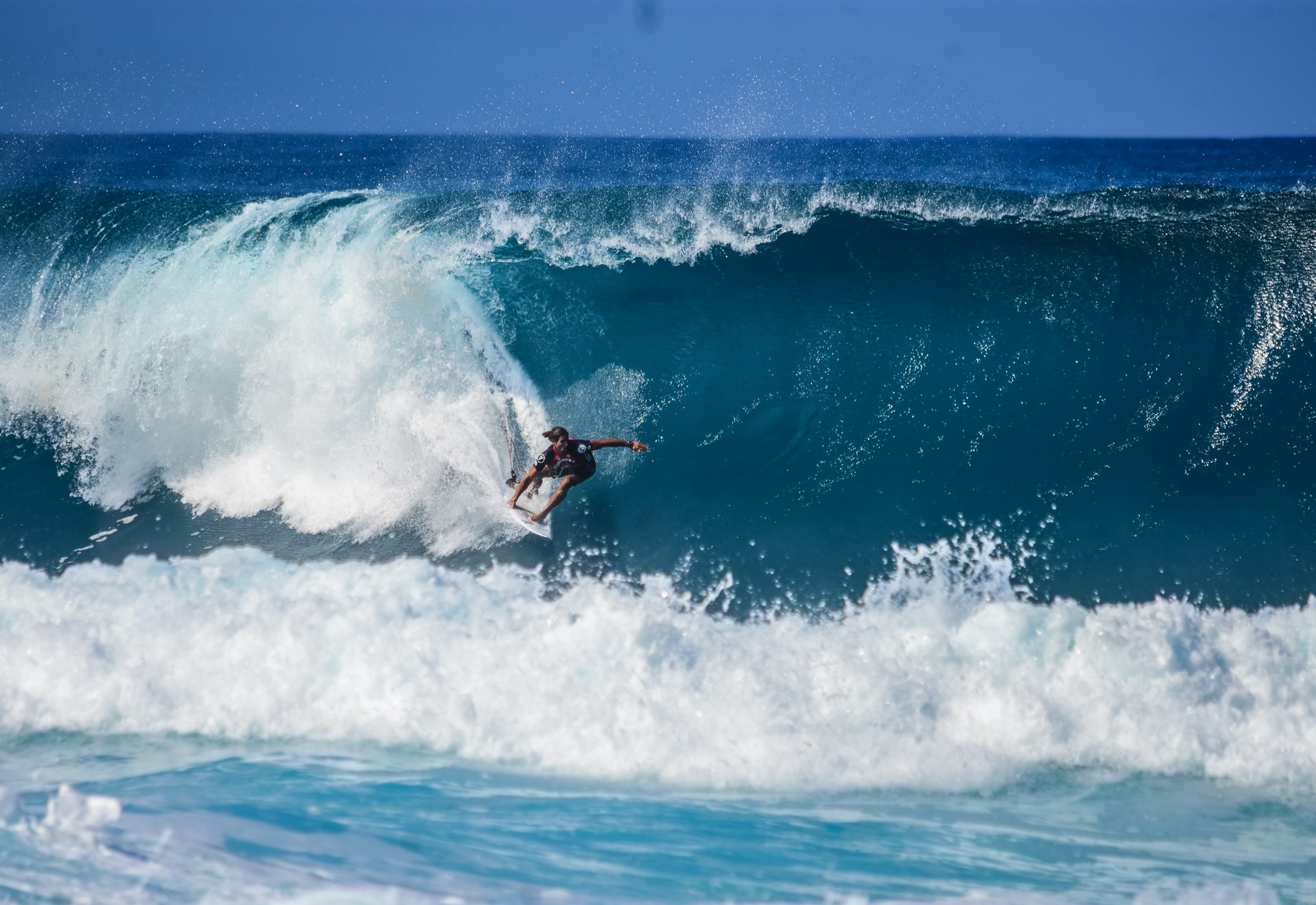
Do Surfers Like Constructive or Destructive Waves? (+Pros & Cons)
-

How to Surf Safely: 34 Crucial Tips (Every Surfer Should Know)
-
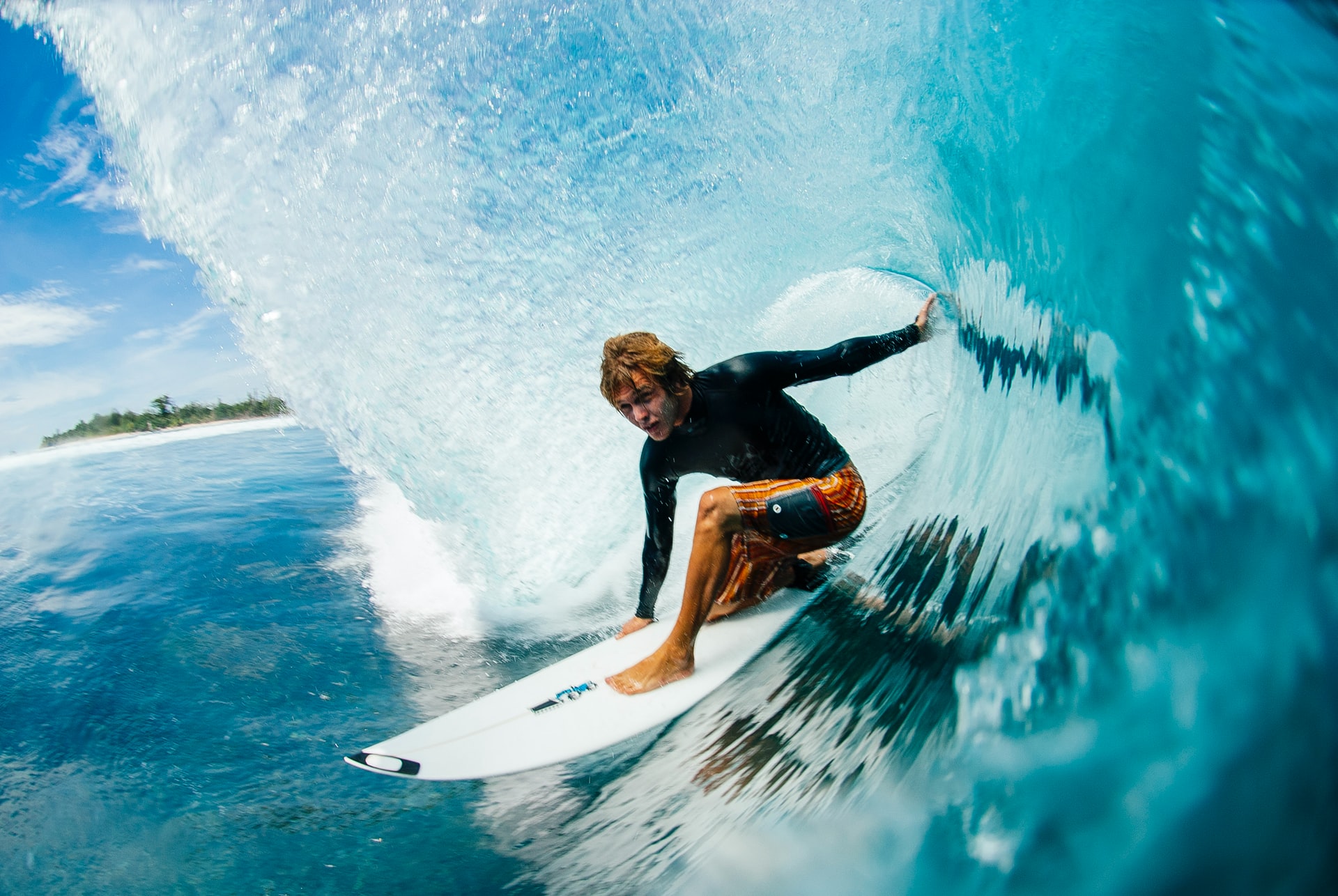
Do Pro Surfers Use Leashes? (+6 Reasons Why You Should Too)
-

Do Many Surfers Drown? Here Are the Facts (+4 Common Reasons)
-
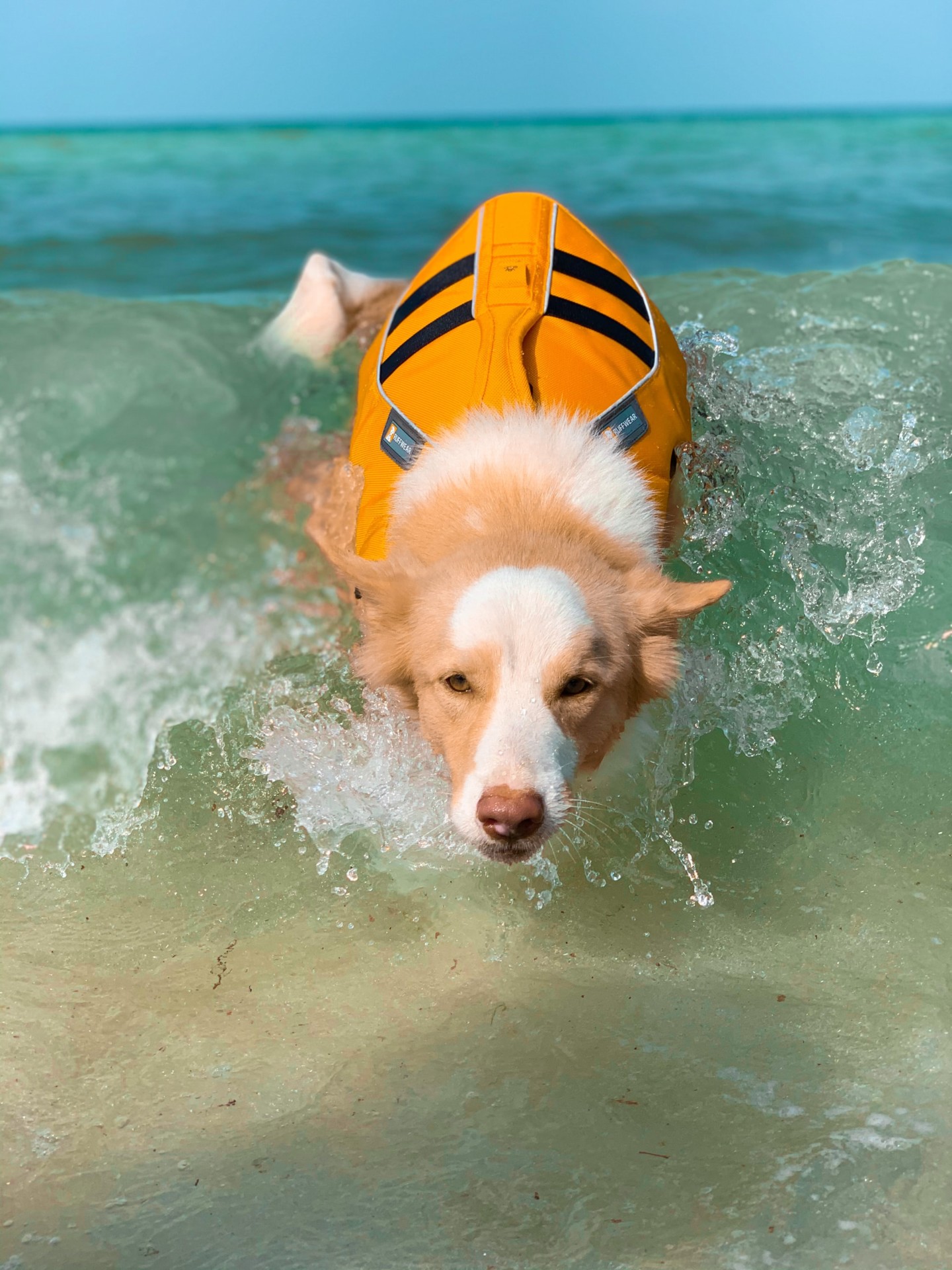
Do Surfers Wear Life Jackets? (7 Reasons Why They Don’t)
-
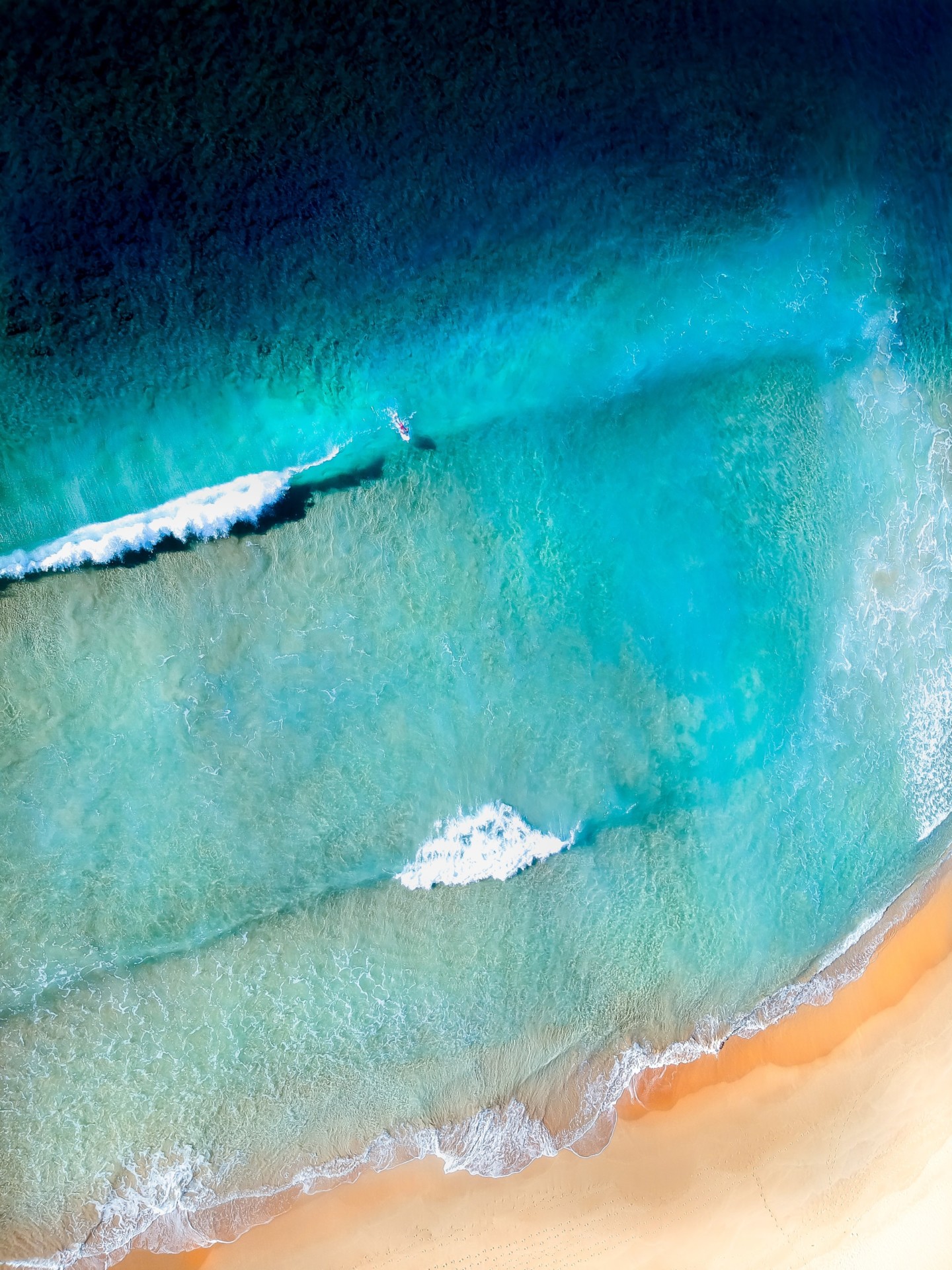
Do Surfers Like Rip Currents? (& How to Use Them Safely)








